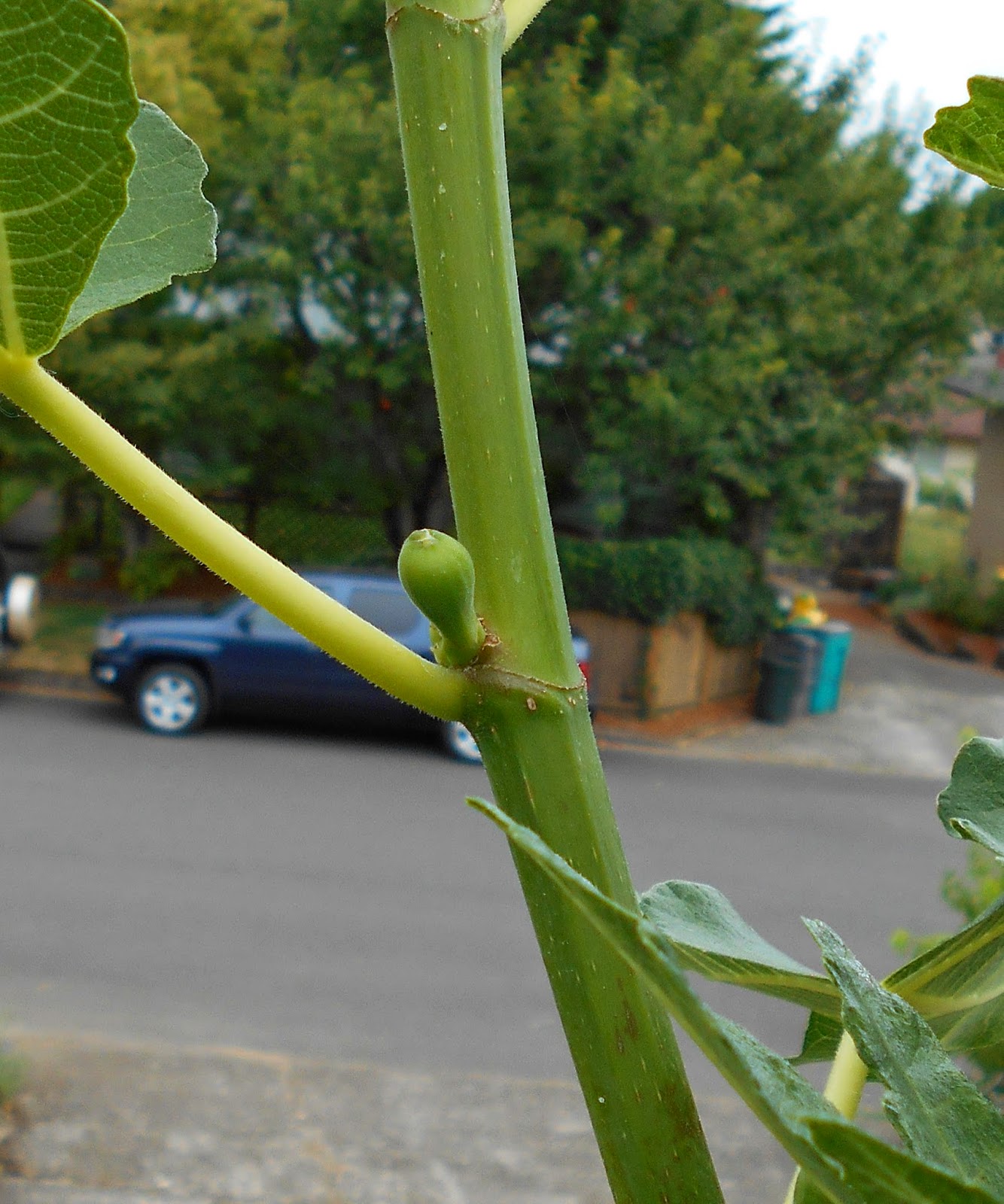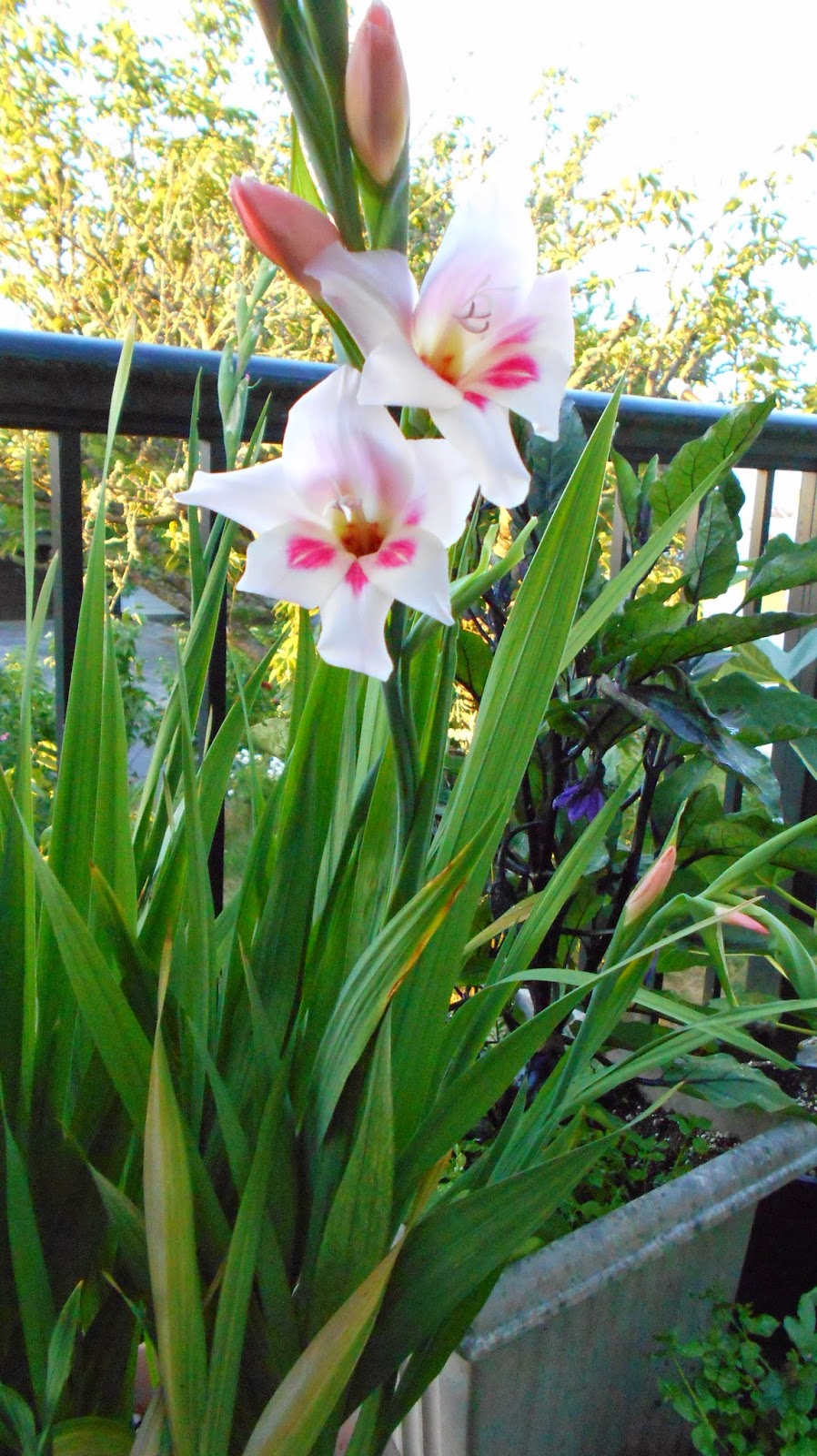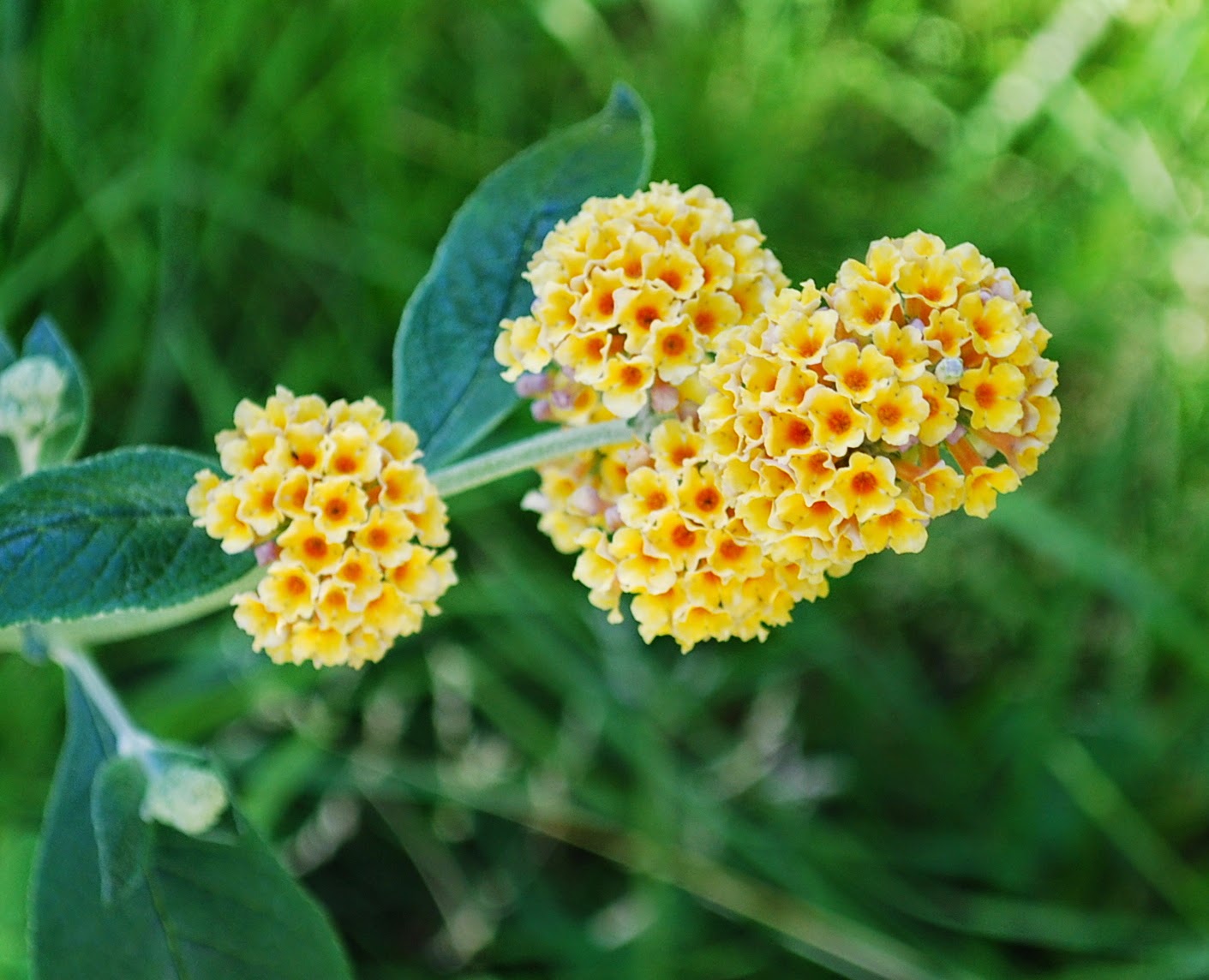 |
| Vancouver Brunswick in Battleground. 7.19.14 |
The Vancouver Brunswick, I moved here December 2012, now 13 years old, has a generous main crop forming. There is one breba. Today I covered the tree with a net, and placed a plastic sleeve around the trunk. The sleeve will get a coating of Tanglefoot. It will be interesting to see if we get to taste the main crop this year. This is a very sweet fig, but hard to get it to produce much here because they ripen in rainy season. Maybe in the higher elevation and hotter days at Battleground they will ripen sooner.
The containerized Carini will soon produce some figs to taste. The in-ground was a victim of the big freeze.
Smith, LSU Tiger, Atreano, Petite Aubique all have new trees growing from the roots. I am holding extra nutrients and watering only when they look like they are about to wilt. I hope that makes them tougher for next winter.
Sal's fig is awkward looking because I converted it from a bushy shape to a single trunk. It looks like there will be enough figs for a taste.
The rest of the containerized collection is looking good. Champagne and Tiger may give some figs in containers. The first year trees, I plan to keep in a shed for the winter, and plant some in the ground next Spring, so they don't get a big freeze in their first season of tender growth.
 |
| Containerized Carini Fig. Battleground. 7.19.14 |
I have more containerized fig trees than I know what to do with. I plan to plant a Hardy Chicago, King, and Lattarula in the ground next Spring.
 |
| Smith in Recovery from Big Freeze. 7.19.14 |
 |
| Sal's Fig. 7.19.14 |
 |
| Containerized Fig Collection. 7.19.14 |































